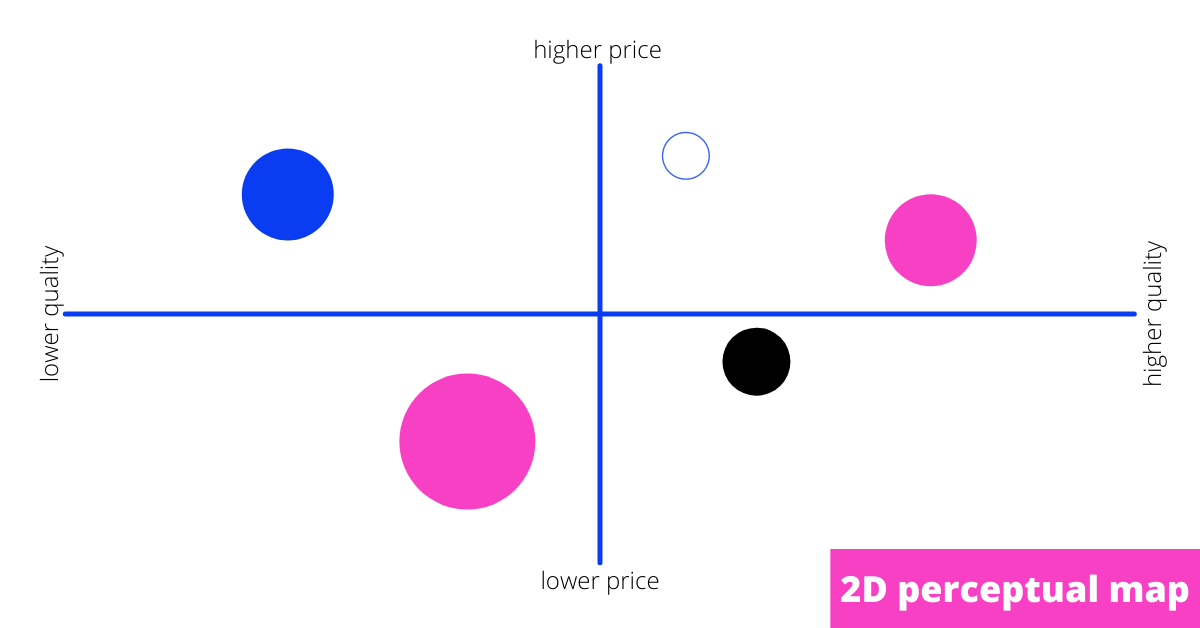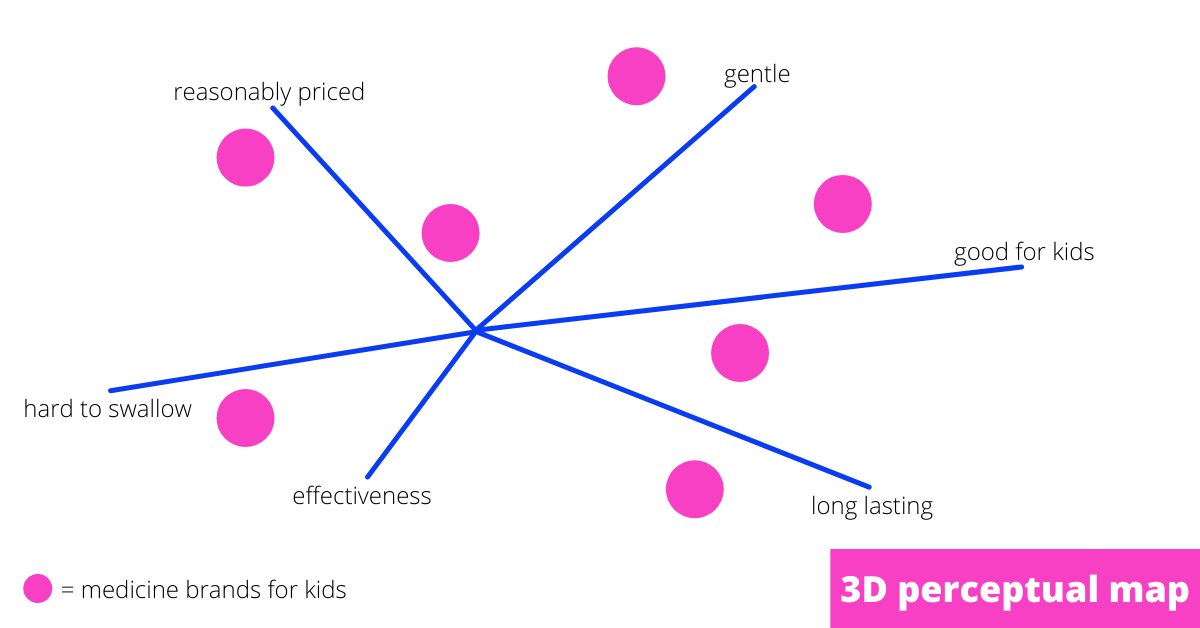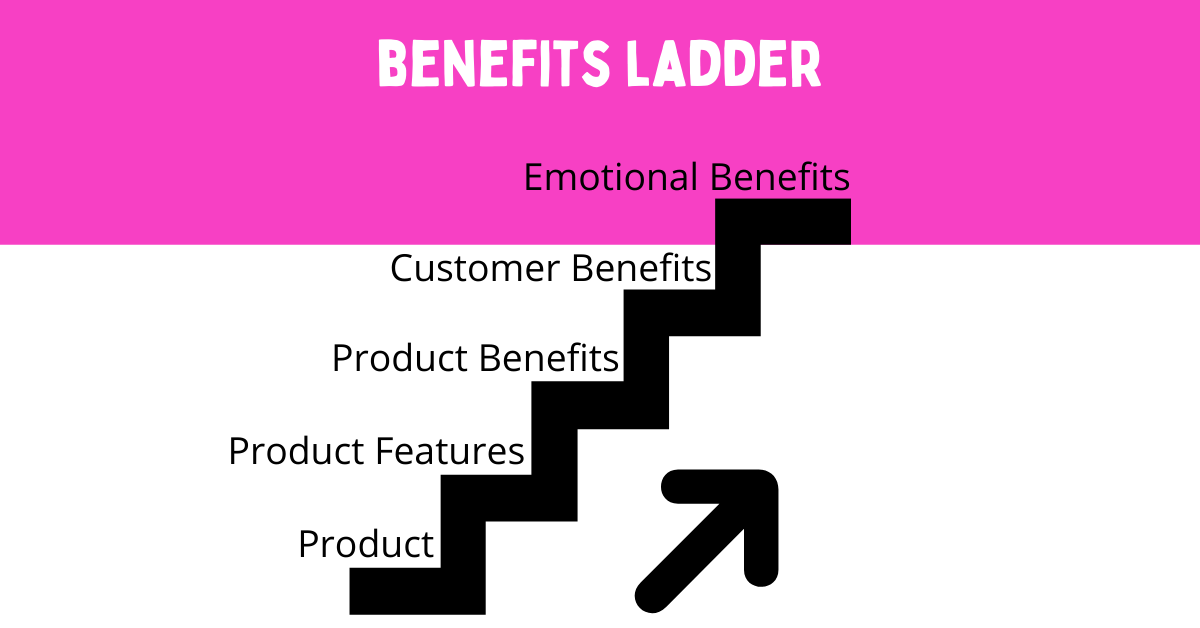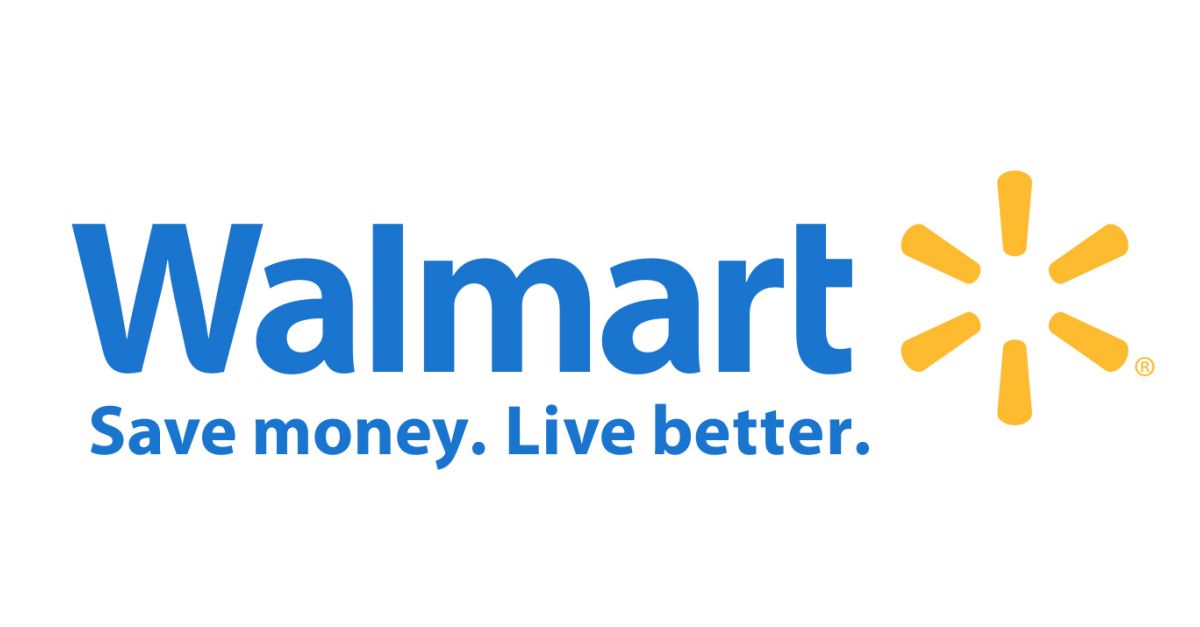What is market positioning and where does it fit into your marketing strategy?

First time here? This is article 5/10 about marketing strategy. You can click here to start at the beginning of the series.
What is positioning and where does it fit into a marketing strategy?
This quote sums up many of my misconceptions about positioning and positioning statements:
A positioning statement is not an advertising strategy, a slogan, or tag line. It is an internal document, and is often very dull and straightforward. – UVA Darden School Foundation, Moore and Helstein
For years, I thought positioning meant pithy, catchy, sharp. That's a slogan. And a slogan is not a positioning statement that helps move your brand and your growth up and to the right.
So, what is positioning then?
Positioning is about leading your business or brand on a journey into the market. There are two things good positioning will accomplish:
- Your target customers know you exist
- Those customers think certain things when thinking about your brand
Number 2 is positioning. We can't control what people think, but we can, through our actions and marketing efforts, influence what people think of when our category comes to mind.
Positioning is also the third step of developing a marketing strategy. Build your market segmentation map and truly understanding what your market looks like.
Then develop a targeting plan to determine where on the map you are and are not going to play. Knowing how you won't target is arguably more important than knowing who you will.
Once you've mapped your market (Segmentation) and chosen where to play (Targeting) you can work on influencing what people think of your brand (Positioning).
Three pillars of positioning
There are heaps of formulas for writing a positioning statement and most I've seen address the three pillars in one form or another. What I always missed was the underlying meaning and importance of addressing the three pillars before writing a positioning statement.
What are the three pillars, or what Mark Ritson calls "The Three Cs"?
Pillar 1 - Customer

The first pillar is understanding your customer. What turns them on? What drives their purchases? What makes them take action?
Targeting should answer these questions once you've done the work to understand where your best customers are and developed a miserable buyer profile (customer persona, ideal customer profile, etc.). It's important to remember who you're not targeting, but focus on the people you want to influence. They may indirectly influence the rest of your market.
Pillar 2 - Competition
Defining who the competition is may not be straightforward. I'm guilty of looking too narrowly for competition. We have to understand and uncover the true competitors to purchase and that means looking beyond the direct and obvious competitors selling similar products or services.
Instead of guessing who and what could get in the way of a customer buying our product, a good marketer asks the customers to tell them who the real competition is. Talk to target customers to learn who else they buy from or what non-obvious trade-offs they might make instead of buying. Doing nothing is always an option for customers in any market and we need to figure out why and what else they might do with their time and money.
It's also important to note that different segments often have different competitive sets that we need to learn and consider.
I'll touch on how to know your true competitors in the Perceptual Maps section below. For now, let's look at the last pillar: your company.
Pillar 3 - Company
Before you make a promise as a company, you must be sure you can deliver on it. Mark Ritson
The only strong positioning is one you can immediately back up and deliver on. You won't just look like a silly wank if you promise the moon and only deliver Swiss cheese -- customers and markets will lose trust in you and actively move away from you.
I think it's ok to say that you're working towards goals like zero emissions or workplace diversity. What isn't ok is to tout that as who you are today when it's not true. Fake it 'til you make it only works until people realize you're faking it and then all you're left with is a Slack chat between colleagues full of the embarrassed emoji.
If you say you're working towards reducing emissions or hiring more women to executive roles, you should already be doing it. Don't pull the State Street silliness and put up a Fearless Girl statue to signal you're cool with women executives when your track record says maybe you're not.
Telling me what you are going to deliver one day is like my son telling me he'll make his bed "after school". I'm pretty sure he means that he plans to not make his bed long enough for me to move on to asking his sister to pick up her clothes.
How to know your competition: Perceptual map
Perceptual maps express the Three Cs in a visual format that gives context to how customers perceive companies, brands, products, features and other relevant ideas.

Perceptual maps help you understand your competition by plotting customer preferences and perceptions on a chart. Two-dimensional perceptual maps plot points along X and Y axes.

Multi-dimensional maps plot points in three or more dimensions.
We can learn a few things from these maps:
- How the market perceives our brand relative to the competition
- What the market, including different segments within the market, want in a product and who serves each segment the best
- Where there customer wants and needs are not being met (aka gaps in the market, aka opportunities)
Perceptual maps help align our planning with the market
Similar to how market segmentation gives us a map of our playing field, perceptual maps shine a light on where we stand on that map. And once we know where we stand, we have a better sense of how we can position our brand or products to our desired target segments.
Moving up the benefit ladder to find your company promise

Walmart was focused entirely on low prices. Saving money was the positioning that allowed the company to grow into a retail giant. But as I'm sure you've heard before, what got them to "giant" wasn't going to get them to "colossal" and beyond. Walmart recognized the need to reposition and signal something different to its market.
Low prices are a feature of Walmart. Features are important to recognize, but they aren't always valuable to a customer who wants to know what's in it for them.
Walmart recognized that it's positioning as the low cost leader was turning people away who didn't want to be seen as cheap and unable to afford more. That's where the benefit ladder comes in.
insert image of benefit ladder
People want to connect with the products they need and want. I don't know the full psychological story of why, but let's say that's a truth. As marketers, the higher up the benefit ladder we can get, the better our chances of nailing our positioning and growing a brand.
- Product: what are we selling?
- Product features: what does the product do?
- Product benefits: what benefits does the product offer?
- Customer benefit: what benefits do customers realize?
- Emotional benefits: how do customers feel after getting the benefits of our product?
The exercise here is to see how high up the ladder you can get with your brand or product. The closer to the top the larger the impact your positioning has on the customer.
Walmart revisited their positioning and determined that low cost was still valid, but it's only a feature of their offer. Walmart needed to step up the benefit ladder, so they asked what benefits their stores offer and what customers get from that. The feature of low cost has a product benefit of helping families save money. Customers who save money can afford to live better.
With this repositioning, Walmart moves from being perceived as cheap and poor to enabling families to use their money wisely and get more out of life. The stores didn't change and the products on the shelves are the same. But the new positioning makes what they offer more appealing and it increased their revenues again. Smart.
Writing your positioning statement
Your positioning statement should be part of your marketing toolkit and is a key component of your overall strategic marketing plan.
Oh, and it's also important to have one positioning statement per target segment. Each segment you target likely has a different set of customer needs and competitors for you to position around. Remember that if you're doing two-speed targeting you need a positioning statement for the total addressable market (TAM), too.
The building blocks of a positioning statement
A good positioning statement addresses who your customer is, what you're positioning to them, who or what you're positioning against, and the payoff. Here's what I believe you need to include for each of these parts of the statement.
To and Who
First, write down the name of who you're targeting. If you've already done your market segmentation and chosen a target, you should have a name already. Who are you targeting?
Include a summary of your target portrait. This is also called a buyer persona, ideal customer profile, or similar.
What
This requires more time to think through than I first thought. This is not about the benefits your customers will get. This is the thing you want to sell to your customers and that thing can be any of the following:
- Your product or service
- A new approach to solving an old problem
- Your brand
- The overall company
- A change in behavior or way of thinking
For each segment you're targeting, what do you want to talk to your customers about? What are you actually selling right now? This can change depending on your campaign or your strategic objectives for a quarter or financial year.
Versus
What are the genuine alternatives you're trying to displace or beat? It could be multiple brands or a single competitor brand. It could also be the whole market you're trying to dominate.
Like What above, this might not be obvious right away, so think it through. Instead of positioning against another brand, you could be positioning against a buying pattern or typical customer behavior you'd like to change.
Is
What are the features and benefits you deliver? What are you offering that is better or different from the alternatives listed above?
WARNING: Don't get carried away. Focus on fewer Is features and benefits. Think of a magic bullet. Go back to your benefits ladder and find the 1-3 things that that mean the most to your customers.
Keep it tight

The best positioning statements are short. We're after positioning statements that are easy to remember and the shorter, more punchy it is the better.
A few important points about your positioning statement
Don't include too many attributes, benefits or features in your positioning. We're not throwing stuff against the wall to see what sticks. We're looking for a magic bullet that will help our customers see the real value in what we're selling.
Positioning is about owning the way customers think about what we're selling, so less is more. The shorter and more direct you can make your positioning statement, the more likely it is to stick.
Positioning is a means to an end, not the end itself. This is one step on the path to selling more product and growing your business within specific target market segments.
What happens if you can't find a position that builds all three pillars?
Sometimes you won't be able to find a position that meets all three Cs (Customer, Competition, Company). That's ok. Here's what to do.
Do not rush into tactics and execution
When you realize you haven't come up with a killer positioning statement, remember that it's ok. Not every segment is easy to position within. When this happens, do not give into temptation and do not allow yourself to think that you've done the best you can and you can move on to tactics.
If you don't have a killer positioning statement, you haven't finished your marketing strategy. There is more work to do, but it's ok.
Revisit your segmentation to find another target
Go back to your segmentation and look for another target segment that is nearly as economically attractive. Move through the positioning process again with this target and see if you can position against it.
You must get your strategy right
This may be the biggest lesson I've ever gotten on being a marketer: have the confidence and courage to stop and revisit your segmentation and targeting, reworking your positioning until you find a position you're confident will be a winner.
You've spent a lot of time, energy, and resources to understand your market segments and choose your targets. Successful marketers work equally hard to find the right position that moves them towards achieving their objectives.
On to objectives
The next step is to determine your strategic objectives. I've written a lot of these and many of them were shit. In the next post in this series we'll look at why objectives matter and how to write a damn good one.
Until then, share your positioning statement on LinkedIn.link
This is the first post in a series on marketing. Here's a full list of the other posts. I'll update each one with links as soon as they're published.
- How epic companies like Nike and Amazon grab advantage with market orientation
- How to do market research for a startup (from a Saas product marketer)
- Market segmentation? Unwrap the best way to nail your marketing strategy
- Your next market targeting strategy must highlight these two things
- Objectives (coming)
- Product (coming)
- Pricing (coming)
- Integrated Marketing Communications (coming)
- Distribution (coming)



